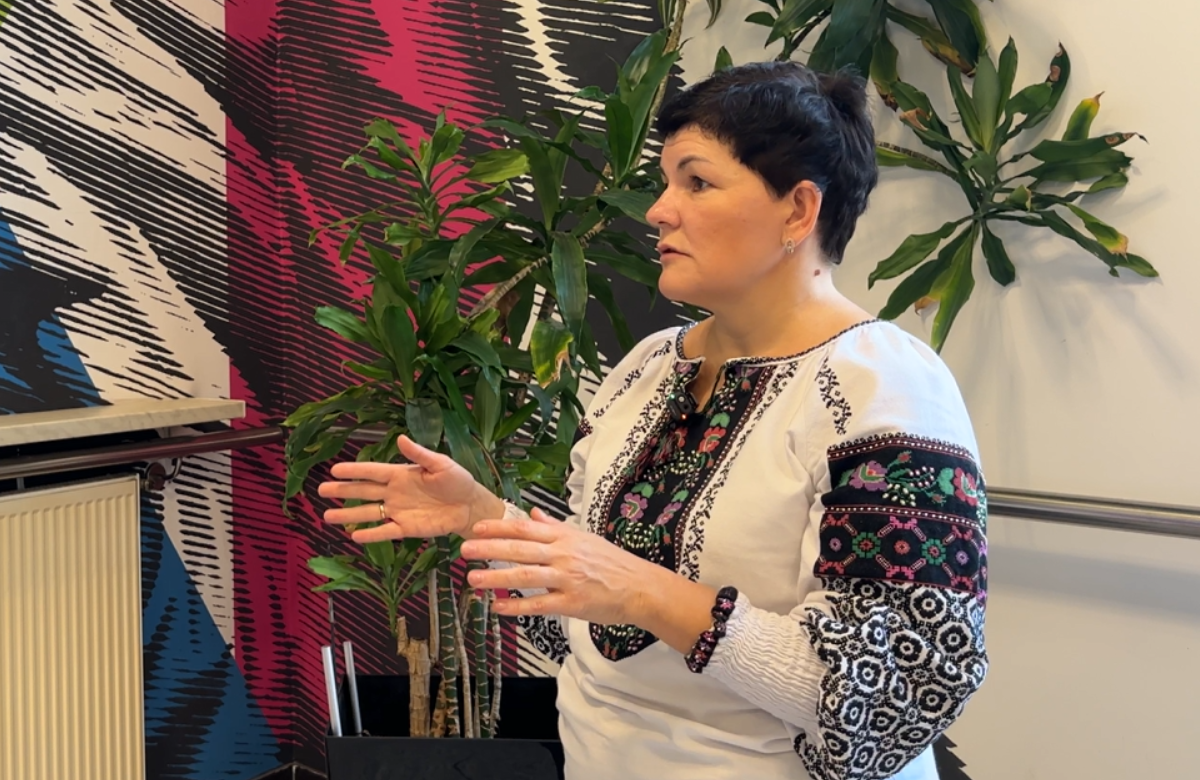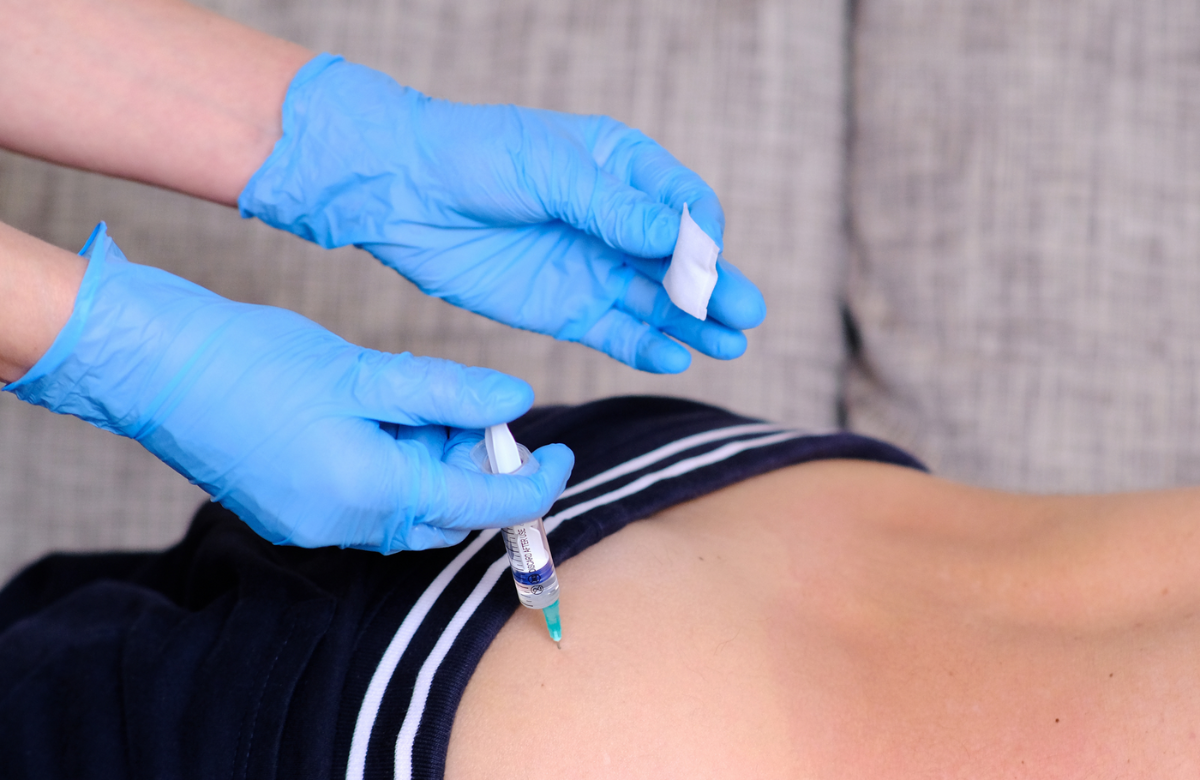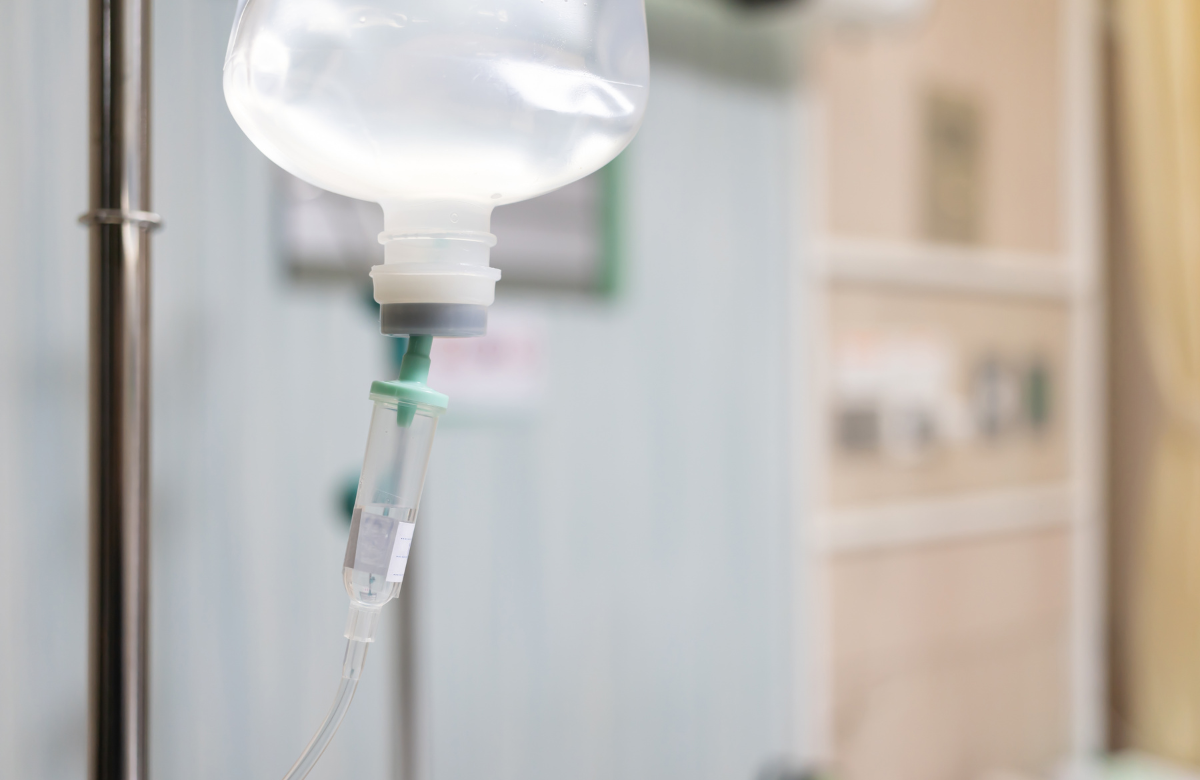HIV services in Ukraine resilient but under pressure

Olga Gvozdetska, acting Deputy Director General of the Public Health Center of Ukraine’s Ministry of Health described the situation in Ukraine at the 19th European AIDS Conference (EACS 2023), which took place in Warsaw, Poland, last week. She told the conference, “War has changed everything since 24 February 2021.”
In Ukraine, 414 hospitals have been damaged or destroyed and 254 healthcare workers have been killed or seriously injured.
The state of HIV services in occupied areas is unknown. The number of people in government-controlled areas on antiretroviral therapy (ART) has fallen from 130,000 in 2021 to 121,000 this year. New diagnoses fell from 16,658 in 2021 to 12,292 in 2022 and the proportion of late diagnoses, defined as a CD4 count below 350, has risen from 56% to 65%.
While the proportion of people with HIV knowing their status and the proportion of those on treatment who have an undetectable viral load has held up, the proportion of people with HIV on ART has fallen from 83% last year to 77% this year.
Ukraine has also experienced a complete reversal in the security of its health funding, Gvozdetska added. In 2021, for the first time, Ukraine’s HIV prevention, treatment and care services were provided by its government. This went into immediate reverse in 2022 with 85% of the HIV budget having to be provided by The Global Fund and PEPFAR, and in 2023 no HIV funding has come from the government.
Internal migration and displacement has affected where services are needed, with about five million people moving from the eastern frontlines to the relative safety of the west of the country and as many again moving abroad.
Many Ukrainian citizens living abroad return home to access HIV therapy, but the number accessing care abroad has increased in the last year. Poland initially received by far the largest number of refugees from Ukraine, but many have now moved on and it is estimated that Poland’s 1.6 million Ukrainian refugees account for 27% of the European total. Nonetheless, the number of Ukrainians accessing HIV care in Poland has increased from 2500 in 2022 to 3396 this year. Many were previously accessing care in Ukraine.
However, an increasing number of people are now being diagnosed for the first time in Poland. Professor Miłosz Parczewski, president of the Polish Scientific AIDS Society, told the conference that of 216 Ukrainian refugees diagnosed with HIV in Poland, nearly 70% were classed as late-diagnosed, 40% of whom had an AIDS-defining illness, most commonly tuberculosis.
Long-acting injectable treatment highly effective in European cohort studies

A study in the Netherlands found that long-acting injectable treatment with cabotegravir and rilpivirine did not result in a higher rate of viral rebound above 200 copies. However, looking at five cases of viral rebound, investigators observed the development of high-level drug resistance to one or both injectable agents that could seriously limit future treatment options.
The ATHENA cohort is a national study following almost everyone in HIV care in the Netherlands. The outcomes of 619 ATHENA participants who had switched to long-acting injectable treatment up to September 2023 were presented to the conference.
Each person who switched was matched with two cohort members who had not switched to assess the risk of treatment failure. There was no significant difference in the rate of virological failure between people who switched to injectable treatment (0.9%) and the control group (1.8%).
Dr Annemarie Wensing of University Medical Center Utrecht reported on five cases of virological failure. They occurred in three men and two women, one transgender. All received their injectable treatment at the specified two-monthly intervals.
The earliest rebound occurred three months after switching. A man, who had not had the one-month oral lead-in recommended when injectable cabotegravir and rilpivirine was first approved in Europe, experienced viral load rebound to 830,000. He had detectable resistance to rilpivirine.
In a second case, viral load eventually rebounded to 610,000 after a first detectable measure of 260. This patient developed cross-class resistance to integrase inhibitors and NNRTIs.
In each case of virological rebound, levels of at least one drug were found to be suboptimal, although further investigation of the relationship between drug concentrations and treatment failure is needed.
The study investigators say that some individual characteristics may have affected treatment response, including high body mass index. But in all cases, treatment failure led to extensive cross-resistance and loss of future treatment options, as well as considerable shock for the people taking treatment and their healthcare team.
Jessy Duran Ramirez of the University of Zurich, Switzerland, reported on the outcomes of 264 people who switched to injectable treatment.
Less than 3% of participants in the Swiss HIV Cohort study have switched and a questionnaire study found high satisfaction with oral treatment and concern that the two-monthly injection interval would lead to a loss of freedom. More people would be interested in switching if a six-monthly injection interval was available, the study found.
Eight of the 264 people who switched to injectable treatment discontinued it. Two experienced adverse drug reactions, one had low rilpivirine blood concentrations, four discontinued for non-treatment-related reasons and one discontinued due to virological failure.
A study in Brighton, UK, also found that not all people eligible for long-acting injectable treatment wanted to switch from oral treatment once they had discussed the implications of doing so with a doctor. Of 160 people reviewed for eligibility, 52 were ineligible (mainly due to resistance, viraemia or drug interactions), 57 declined a switch in treatment and 33 started long-acting injectable treatment, all of whom remain virally suppressed.
Some women in France are using PrEP, but only transgender women tend to stay on it

Between April 2017 and April 2023, 175 women were assessed for PrEP and 161 started it. Of these, 97 were transgender, and 64 were cisgender. Most (125) were originally from South America, 28 from France or elsewhere in Europe, and eight from sub-Saharan Africa.
By April 2023, 90 of the women had discontinued PrEP. In multivariate analysis, transgender women were 64% less likely to discontinue PrEP than cisgender women.
Half of the cisgender women who started PrEP had discontinued it five months after starting it, whereas it took 20 months for half the transgender women to stop PrEP.
Professor Jean-Michel Molina, France’s best-known PrEP researcher, told the conference that the number of gay and bisexual men in France at enough risk of HIV to benefit from PrEP is about 142,000. Currently, 42,000 men are actually taking PrEP – 29.5% of those in need of it.
However, this number dwarfs the percentage of people from other key affected populations, such as transgender women and people who inject drugs. Molina said that fewer than 1% of other groups of people at risk of HIV were taking PrEP.
PD-1 inhibitor budigalimab may delay viral rebound

PD-1 is an immune checkpoint receptor on exhausted immune cells. Normally, it suppresses T-cell activity, preventing the immune system from attacking the body’s own tissues. Some tumours can hijack PD-1 to turn off immune responses against malignant cells. Likewise, people with HIV typically have upregulated PD-1 expression and dampened T-cell responses.
Checkpoint inhibitors that block PD-1 can restore T-cell activity and PD-1 inhibitors are widely used for cancer immunotherapy. Professor Jean-Pierre Routy of McGill University Health Centre in Montreal told the conference that, in theory, PD-1 inhibitors could also potentially reverse T-cell exhaustion and restore immune function in people living with HIV, and they might also act as a latency reversal agent to push virus out of cells.
Budigalimab is an investigational PD-1 inhibitor being studied as an approach for achieving control of HIV without ART, also known as remission or a functional cure. Routy presented results from two small trials of budigalimab conducted in the US and Canada.
The first study evaluated the safety and pharmacokinetics of a single intravenous (IV) infusion (10mg) or subcutaneous injection (10-20mg) of budigalimab in 32 people on suppressive ART, with no treatment interruption.
The second study included a carefully monitored analytical treatment interruption. It enrolled 41 people on ART with undetectable viral load. In the first stage, 20 participants received two doses of 2mg or 10mg budigalimab via IV infusion four weeks apart, while five people received a placebo. They stayed on ART for four weeks and were scheduled to stop ART when they received their second dose; two people opted out of the interruption.
In the second stage, 11 people received four doses of 10mg budigalimab two weeks apart, while five received a placebo. They all stopped ART at the time of their first dose. This group was the focus of the exploratory efficacy analysis.
Participants restarted ART if their viral load reached 1000 or higher for four weeks, their CD4 count fell below 350 or declined more than 30% from baseline, they experienced HIV-associated symptoms or they became pregnant. The participants or investigators could also decide to restart ART at any time.
In both studies combined, budigalimab was generally safe and well tolerated.
The median time to viral rebound was 29 days in the budigalimab group vs 21 days in the placebo group. Six out of nine budigalimab recipients who completed the second stage were considered good responders. In this group, peak viral load after rebound was around 10,000 compared with around 100,000 in the placebo group.
Two of the eleven participants who received four doses of the drug have maintained viral suppression without ART for a year and a half.
Based on these findings, the researchers conclude that further studies of budigalimab are warranted.
